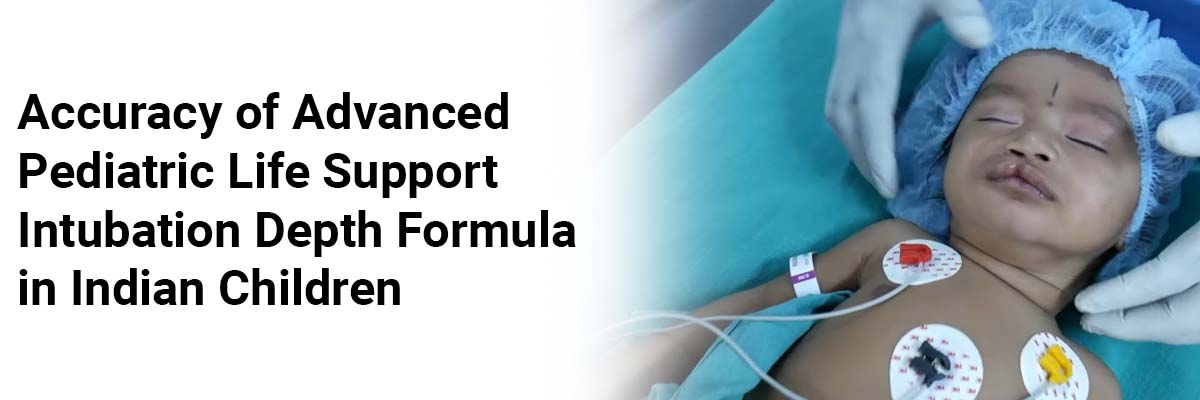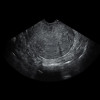
 IJCP Editorial Team
IJCP Editorial Team
Accuracy of Advanced Pediatric Life Support Intubation Depth Formula in Indian Children
A new study aimed to assess the accuracy of the Advanced Pediatric Life Support (APLS) endotracheal tube (ET) depth formula in Indian children aged 1-12 years.
This was ananalytical cross-sectional study, wherein 86 children requiring intubation and ventilation were selected from a pediatric intensive care unit (PICU) of a tertiary carecenterbetween 2019-2021. The ET depth was determined using the APLS formula, and chest X-rays were employed to evaluate 'appropriate ET depth (accuracy)' based on 'vertebral level criteria' and 'safe distance between ET tip and carina.'
The results showed that none of thecases exhibited bronchial intubation. An accuracy rate of 37.2% (32 cases) was depicted, with 57% (49 cases) showing deep placement. Among the deep placements, 11 met the 'vertebral level criteria' but did not meet the 'safe distance criteria.' When redefining deep placement solely based on the 'safe distance criteria,' a 50% accuracy rate was achieved.
Hence, the APLS formula effectively prevents bronchial intubation among Indian children aged 1 to 12 years, assuming their neck remains neutrally positioned. However, it tends to overestimate ET depth in approximately 50% of cases when considering the 'safe distance criteria' to compensate for ET movements during neck flexion. Thus, verifying the ET tip's position through early post-intubation X-rays is crucial for making the necessary adjustments as required.
Further research with larger sample sizes is essential to validate these findings and assess the 'upper border of ET cuff to vocal cords distance' for a more comprehensive evaluation of this formula.
Source: Agrawal S, Kumar V, Gangwal M, Komal, Patra B, Bano S.Indian Pediatrics. 2023 Dec;60(12):997-1000.

IJCP Editorial Team
Comprising seasoned professionals and experts from the medical field, the IJCP editorial team is dedicated to delivering timely and accurate content and thriving to provide attention-grabbing information for the readers. What sets them apart are their diverse expertise, spanning academia, research, and clinical practice, and their dedication to upholding the highest standards of quality and integrity. With a wealth of experience and a commitment to excellence, the IJCP editorial team strives to provide valuable perspectives, the latest trends, and in-depth analyses across various medical domains, all in a way that keeps you interested and engaged.




















Please login to comment on this article